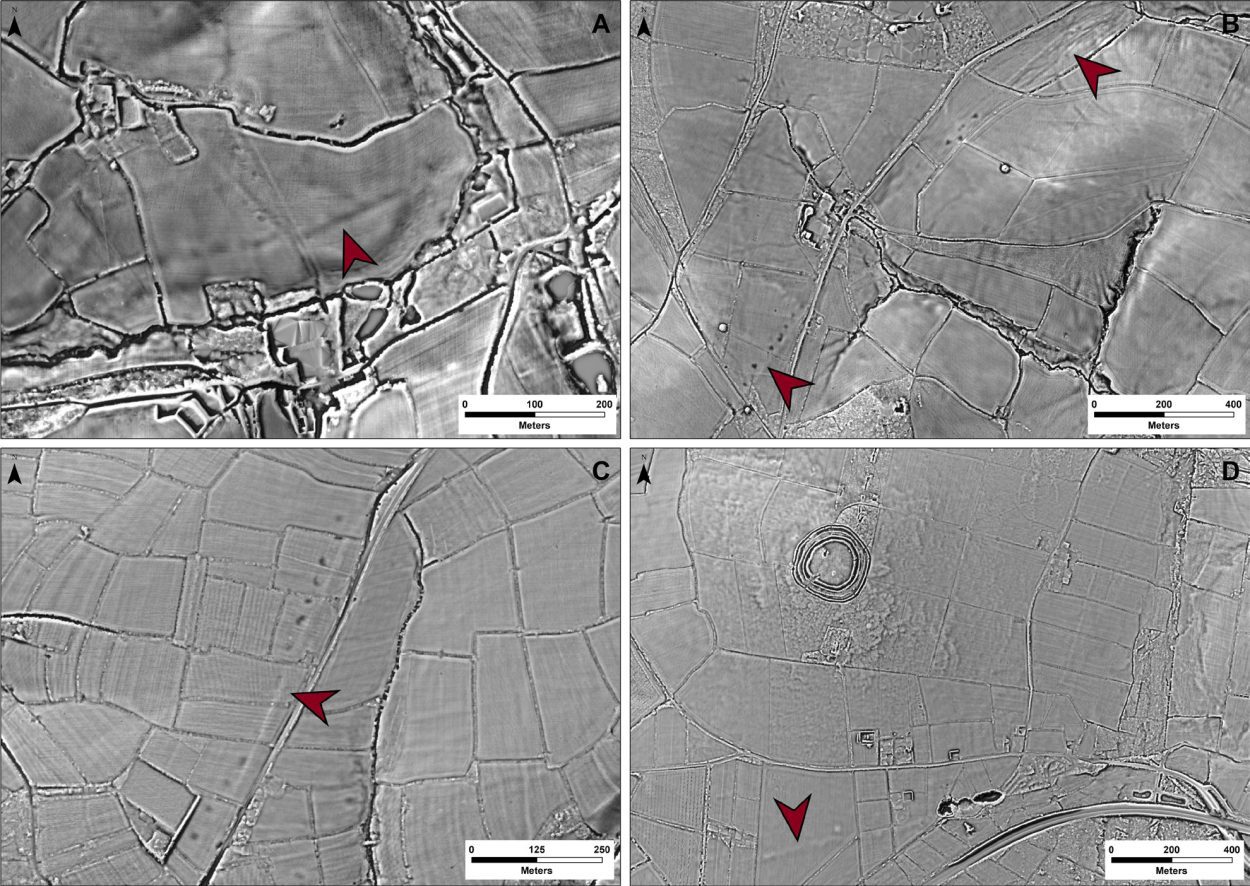Archaeologists from the University of Exeter have used laser scans to reveal a Roman road network that spanned Devon and Cornwall.
The discovery was made as part of the Environment Agency’s National LiDAR Programme, showing new sections of Roman roads west of the previously known boundary that connected significant settlements with military forts.
By using advanced geographical modelling that looks at gradients and flood risk data, the researchers successfully mapped the complete scope of the network and gained valuable insights into its purpose.
Contrary to the assumption that Exeter served as the primary nerve centre, the findings reveal that North Tawton played a crucial role by facilitating strategically important connections with tidal estuaries located both to the north and south of Bodmin and Dartmoor.

Dr Christopher Smart from the University of Exeter, said: “Despite more than 70 years of scholarship, published maps of the Roman road network in southern Britain have remained largely unchanged and all are consistent in showing that west of Exeter, Roman Isca, there was little solid evidence for a system of long-distance roads”
“But the recent availability of seamless LiDAR coverage for Britain has provided the means to transform our understanding of the Roman road network that developed within the province, and nowhere more so than in the far south western counties, in the territory of the Dumnonii,” added Dr Smart.
According to the study published in the Journal of Computer Applications in Archaeology, the primary objective of the network was to enable the smooth movement of animal-drawn vehicles and to bypass flood-prone areas. The authors suggest that these findings may have significant implications for future archaeological investigations in the region.
“In terms of chronology, it is likely that the proposed network is an amalgam of pre-existing Prehistoric routeways, Roman military campaign roads or “tactical roads” formally adopted into the provincial communications system, and of those constructed during peacetime in a wholly civilian context,” says Dr Fonte from the University of Exeter.
“This evolutionary model is supported by the fact that the network does not solely connect Roman forts and their hinterlands directly, which are often connected by branch roads, but instead appears to serve a broader purpose than required by military supply,” added Dr Fonte.
Header Image Credit : University of Exeter





